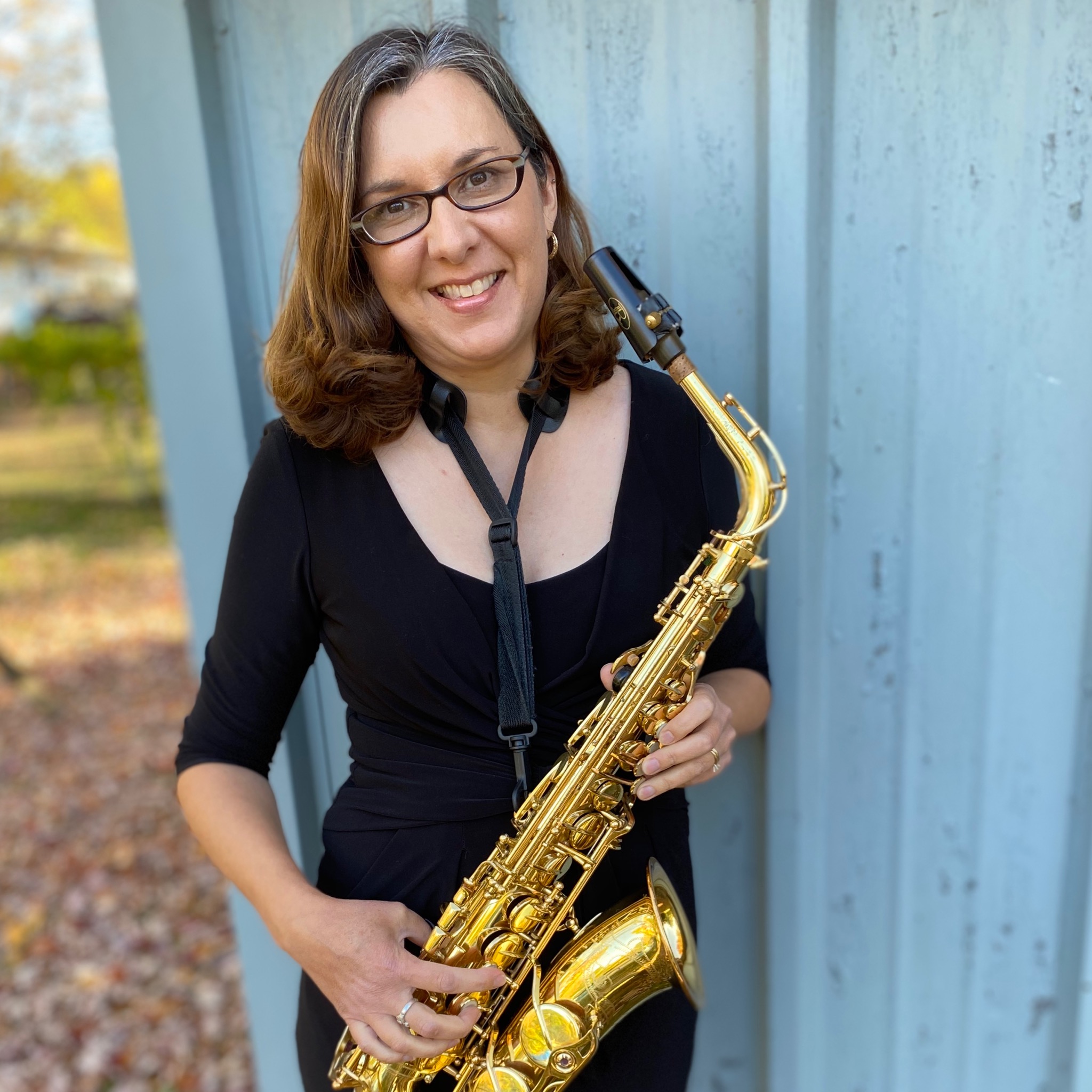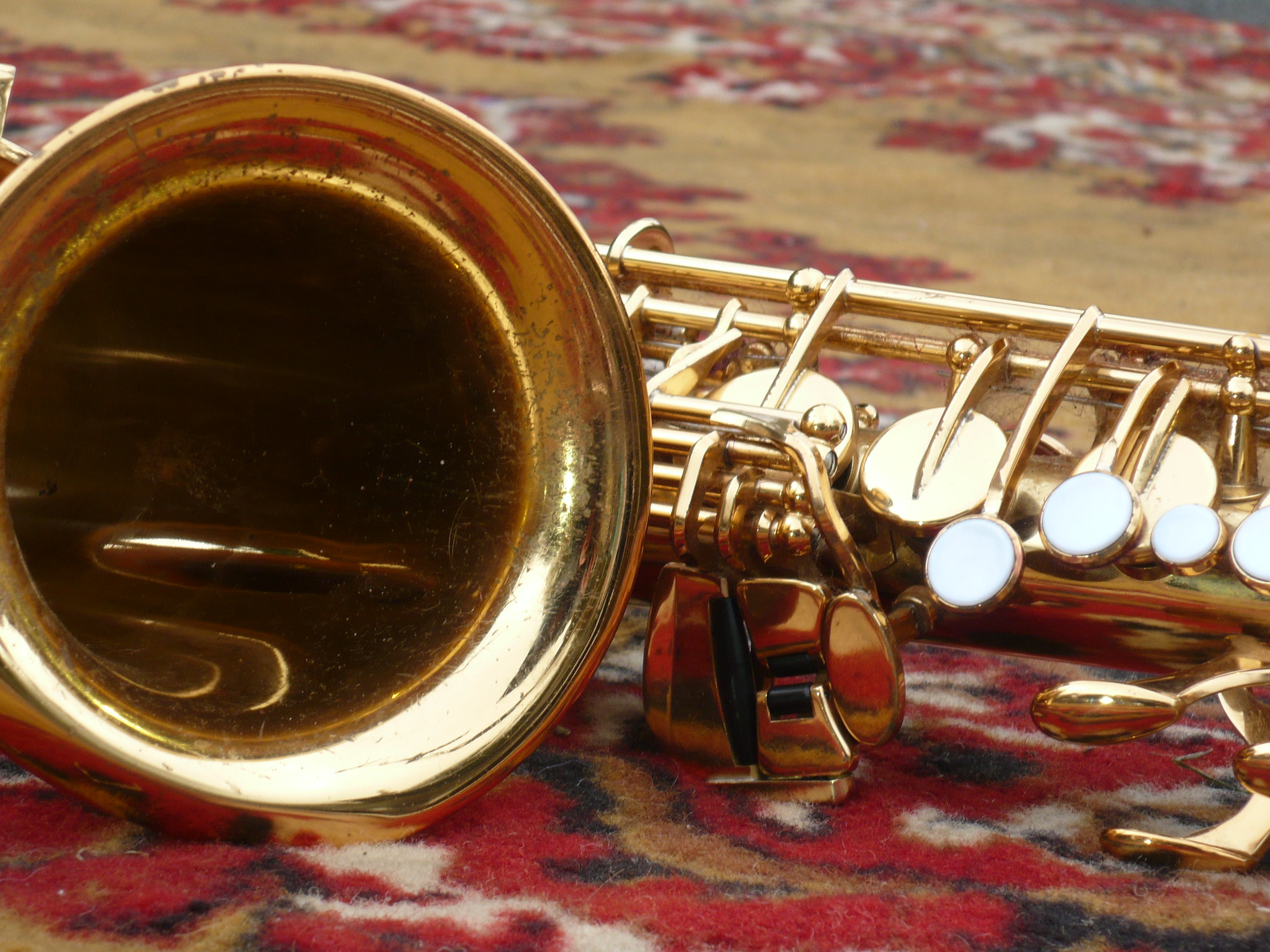Many people think the saxophone is only used in wind bands and jazz bands. Saxophones are, in fact, also scored in many orchestral pieces.
Early Thoughts on Saxophones in Orchestras
Adolphe Sax, the inventor of the saxophone, intended that his invention would be widely used in both band and orchestral settings. Sax desired to create an instrument that could blend with strings, in an orchestra. He also wanted this instrument to play with a tone and volume that was fuller and stronger than string instruments.
Since the saxophone family was not patented until 1846, the instrument simply did not exist when famous Baroque and Classical composers were writing for orchestra. The saxophone slowly came into use during the Romantic period.
Many composers of this time period predicted that saxophones would quickly be assimilated into orchestras. The instruments’ ability to blend, and a tone that was said to have vocal qualities were cited as reasons to include them in orchestral settings.
Early Challenges Facing Saxophones in Orchestras
Many of the best musicians in Paris had contracts with long-standing Parisian instrument manufacturers. The manufacturers were very displeased with Adolphe Sax and his business practices. In fact, Sax endured many break-ins and thefts at this workshop.
Older Parisian instrument manufacturers pressured their clients into boycotting Sax’s instruments. This created barriers for the inclusion of saxophone in orchestral pieces. Fortunately, some of Sax’s friends were quite vocal about saxophones being included in the mainstream music of the day.
It was also difficult to find saxophone players, as the instrument was not being taught at music schools. If a composer included a saxophone part, it was often scored for clarinet oboe, or English horn, as well, in case a saxophonist couldn’t be hired.
Proponents of the Saxophone in the Orchestra
Composer Hector Berlioz was a close friend of Adolphe Sax and an ardent supporter of the saxophone. He promoted the use of the saxophone and even urged French music schools to include saxophone instruction at their institutions.
In fact, Berlioz wrote a chamber piece for the first time a saxophone was heard in public, on February 3, 1844, in Paris. The chamber ensemble included Adolphe Sax playing his newly invented Bass Saxophone.
Curiously, as much as Berlioz promoted the saxophone, he only wrote for it one time.
Another advocate of the saxophone was François-Henri-Joseph Blaze, who in 1843, wrote in La France musicale, “The sonority and the timbre are admirable, it will be the “bull” of the orchestra and yet the huge vibrant full rich gratifying sounds of the saxophone can be softened almost to the final degree of pianissimo without effort, without constraint. The saxophone can sing and play a melody with the charm and polish that can be obtained on the English horn. The sound, the timbre of this instrument are completely unheard of until now, and I cannot give you anything to compare it with. It is a beautiful acquisition for the orchestra... The effect of three or four saxophones introduced into a symphonic orchestra would be charming.”
A bit later, composer Vincent D’Indy also supported the saxophone’s use in opera music. His opera Fervaal, composed from 1889-1893, includes four saxophones.
First Use of Saxophone in Orchestra
Jean-Georges Kastner, a close friend of Adolphe Sax was the first to use the saxophone in the orchestra of his opera. The Last King of Juda, premiered on December 1, 1844, with a bass saxophone in C in the orchestra.
Kastner also published the first solo for saxophone, the first piece for the saxophone family, and the first saxophone method book.
Early Classical Saxophone in the United States
American, Elise Boyer Hall (1853-1924) was the first American female concert saxophonist. Some credit her with being the first American concert saxophonist, male or female.
Mrs. Hall can be credited with a major breakthrough in the use of the saxophone in classical music. One should note that at this time, it was extremely rare to see a woman playing any wind instrument, let alone a saxophone.
Mrs. Hall developed the Orchestral Group of Boston, and performed many pieces she commissioned from French composers. One of the most famous Hall commissions is Claude Debussy’s, Rhapsodie for alto saxophone and chamber orchestra. Other composers who wrote for Mrs. Hall include Vincent D’Indy, Florent Schmitt, and Paul Gilson.
Orchestral Pieces Scored with Saxophone
Eventually, there were many pieces composed for solo saxophone and orchestra. This partial list, however, includes pieces that were composed with saxophone as an integral member of the orchestra. Please note that this by no means a complete listing of orchestral pieces scored with saxophone.
- L’Arlesiénne, suite no. 1 (1872) by Georges Bizet - Alto Saxophone
- La jeunesse d’Hercule (1877) by Camille Saint-Saens - Soprano Saxophone
- Domestic Symphony (1902) by Richard Strauss - Saxophone quartet
- “The Old Castle,” from Pictures at an Exhibition by Modest Mussorgsky - Alto Saxophone (composed in 1874 for solo piano, and scored for orchestra in 1922 by Maurice Ravel)
- An American in Paris (1928) by George Gershwin - Soprano, Alto, Tenor, and Baritone Saxophones
- Bolero (1928) by Maurice Ravel - Soprano and Tenor Saxophones
- Job - A Masque for Dancing (1931) by Ralph Vaughan Williams - Alto Saxophone
- Lieutenant Kijé (1934) by Sergei Prokofiev - Tenor Saxophone
- “Dance of the Knights”, from Romeo and Juliet (1938) by Sergei Prokofiev - Tenor Saxophone
- Sinfonia da Requiem (1940) by Benjamin Britten - Alto Saxophone
- Symphonic Dances, Op. 45 (1940) by Sergei Rachmaninoff - Alto Saxophone
- Rhapsody in Blue by George Gershwin - Alto and Tenor Saxophones (composed in 1924 for piano and jazz band, but scored for orchestra in the 1940s)
- Symphonics Dance from West Side Story (1961) by Leonard Bernstein - Alto Saxophone
Conclusion
The saxophone made great strides in being accepted in many types of music. Today, it is one of the most popular wind instruments and can be commonly heard in wind bands, jazz bands, and rock bands.
Currently, the saxophone is the only wind instrument that is not a permanent member of the orchestra. Typically an orchestral “utility player” will double on bass clarinet, Bb clarinet, and saxophone, when needed. Other times, a saxophonist will be hired to perform for specific pieces or concerts.




